Atherosclerosis is the leading cause of cardiovascular disease in the world [Liao 2024]. The condition is characterized by deposits of lipid-containing plaques on the inner layer of the walls of arteries. The build-up of thickened patches of plaque on the inside of arteries leads to reduced blood flow through the arteries. Atherosclerosis is a major cause of blood clots leading to major adverse cardiovascular events such as coronary artery disease, heart attack, and stroke [Suarez-Rivero 2019].
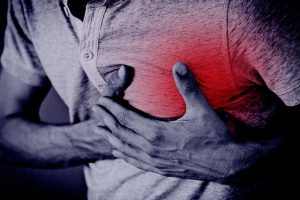
Plaque build-up of deposits of cholesterol and fatty substances on the inside of arteries can lead to heart attack and stroke.
To understand atherosclerosis, we need to understand lipoproteins. Lipoproteins are, as the name suggests, particles composed of lipids and proteins that circulate in the blood. Lipoproteins carry lipids like cholesterol and triglycerides (and Coenzyme Q10 and vitamin E) through the blood circulation to the cells and tissues.
Where do cholesterol and triglycerides come from? They are synthesized in the liver. To a lesser degree, we get cholesterol and triglycerides from the food we eat [Cleveland Clinic 2022].
Different Types of Lipoproteins
In any discussion of atherosclerosis, there are three types of lipoproteins that deserve our attention [Cleveland Clinic 2022]:
- Low-density lipoproteins: LDL carries the cholesterol that accumulates as plaque inside blood vessels and makes blood vessels too narrow for blood to flow easily. The result is the condition called atherosclerosis.
- Very low-density lipoproteins: VLDL carries triglycerides and cholesterol to the cells and tissues.
- High-density lipoproteins: HDL carries cholesterol back to the liver to be eliminated from the body.
LDL and VLDL Transport of Coenzyme Q10
Note that CoQ10 molecules are lipids. In the blood, LDL and VLDL lipoproteins transport Coenzyme Q10 in the same way as they transport cholesterol.
The problems caused by cholesterol with regard to atherosclerosis and plaque build-up seem to occur when free radicals oxidize the cholesterol in the blood. LDL and VLDL that carry cholesterol can also carry Coenzyme Q10, predominantly in the reduced form, the ubiquinol form. Thus, if blood CoQ10 levels are sufficiently high and there is adequate ubiquinol in the LDL and VLDL to act as a lipid-soluble antioxidant, then the risk of atherosclerosis should be diminished [Mantle 2015].
The reduced form of Coenzyme Q10, the ubiquinol form, has two extra electrons to give to free radicals. Ubiquinol molecules in the LDL and VLDL should neutralize many of the free radicals that would otherwise oxidize the cholesterol. This, in itself, is a good reason to take 100 mg or 200 mg of Coenzyme Q10 daily. It is important to take the Coenzyme Q10 supplements together with meals. To promote better absorption and bioavailability, it is advisable to take two times 100 mg at separate meals rather than to take 200 mg all at once [Mantle 2015].
Here, we need to imagine the LDL and VLDL as round particles that have a phospholipid cover. The phospholipid cover encloses triglycerides and cholesterol esters and Coenzyme Q10 and vitamin E molecules. Furthermore, we need to imagine that there are also cholesterol molecules stuck in the phospholipid surface of the lipoproteins [Cleveland Clinic 2022]. The inclusion of CoQ10 molecules in the lipoproteins can protect the cholesterol from being oxidized [Mantle 2015].
Ratio of Coenzyme Q10 to Cholesterol in the Blood
Based on the above information, Mantle has suggested that the ratio of Coenzyme Q10 to LDL-cholesterol may be more important for the prevention of atherosclerosis than the ratio of HDL cholesterol to LDL cholesterol is. After all, the role of Coenzyme Q10 in protecting LDL cholesterol from oxidative damage is known [Liu 2022].
Coenzyme Q10 and Lipoprotein(a)
More dangerous than LDL-cholesterol is a different kind of lipoprotein called lipoprotein(a). Lipoprotein(a) has an additional protein – called apolipoprotein or apo(a) – that loops around it in segments called kringles. This apolipoprotein makes the LDL particles stickier and more likely to build up in the blood vessels. Accordingly, high levels of lipoprotein(a) are a risk factor for atherosclerosis [Cleveland Clinic 2022].
Mutations in genes seem to make some individuals more prone to high lipoprotein(a) levels than others are [Cleveland Clinic 2022]. Clinical evidence shows that Coenzyme Q10 supplementation can reduce plasma lipoprotein(a) concentrations [Sahebkar 2016].
Coenzyme Q10 and Inflammation, Endothelial Function, and Statin Medications
In addition to LDL cholesterol and lipoprotein(a) and triglycerides, there are additional factors that increase the risk of atherosclerosis.
Oxidative stress and chronic inflammation
Oxidative stress is defined as an imbalance between cell damaging free radical species and protective antioxidants. CoQ10 supplementation appears to be the first line of defense against oxidative damage to the lipoproteins in the blood [Mantle 2015].
The development and progression of atherosclerosis involves chronic inflammation throughout [Mantle 2015].
Combined supplementation of elderly Swedish citizens with Coenzyme Q10 and selenium daily for four years resulted in significantly lowered blood biomarkers of oxidative stress and inflammation [Alehagen 2022].
Endothelial dysfunction
The endothelium consists of the cells lining the inside of blood vessels.
- These endothelial cells regulate the contraction and dilation of the blood vessels.
- They control how much fluid moves from the blood into the tissues.
- They inhibit the development of blood clots.
In a 2012 meta-analysis, Gao et al found that supplementation with CoQ10 is associated with a significant improvement in arterial endothelial function in patients with and without cardiovascular disease.
Statin medications
Statin medications inhibit the action of an enzyme in the biological pathway in which both cholesterol and Coenzyme Q10 are synthesized. This is the 3-hydroxy-3-methylglutaryl coenzyme A (HMG-CoA) reductase enzyme. It is a matter of concern that the statin medications adversely affect not only the synthesis of Coenzyme Q10 but also the synthesis of vitamin K2. Vitamin K2 protects the arteries against calcification. Moreover, statins inhibit the synthesis of several selenoproteins, including the thioredoxin reductase enzymes. The TrxR enzymes play a key role in the interconversion of the oxidized and reduced forms of Coenzyme Q10 [Mantle & Dybring 2020; Okuyama 2015].
Conclusion: Coenzyme Q10 and Cholesterol and Atherosclerosis
The development of atherosclerosis is associated with an increased risk of major adverse cardiovascular events including coronary artery disease, heart attack, and stroke.
Elevated levels of LDL cholesterol play a role in the development of atherosclerosis and increase the risk of cardiovascular disease. There are other risk factors as well: inflammation, endothelial dysfunction, and, possibly, the use of statin medications [see Okuyama 2015].
CoQ10 supplementation inhibits the oxidation of LDL cholesterol and protects against the development of atherosclerosis.
The ratio of Coenzyme Q10 to LDL cholesterol in the blood may be important for the identification of atherosclerosis risk.
Consumers want to buy a CoQ10 supplement with scientifically documented absorption and bioavailability. Not all CoQ10 products are equally effective.
Sources
Alehagen U, Johansson P, Svensson E, Aaseth J, Alexander J. Improved cardiovascular health by supplementation with selenium and coenzyme Q10: applying structural equation modelling (SEM) to clinical outcomes and biomarkers to explore underlying mechanisms in a prospective randomized double-blind placebo-controlled intervention project in Sweden. Eur J Nutr. 2022 Sep;61(6):3135-3148.
Cleveland Clinic staff. Lipoproteins. 2022. Retrieved from
https://my.clevelandclinic.org/health/articles/23229-lipoprotein
Gao L, Mao Q, Cao J, Wang Y, Zhou X, Fan L. Effects of coenzyme Q10 on vascular endothelial function in humans: a meta-analysis of randomized controlled trials. Atherosclerosis. 2012 Apr;221(2):311-6.
Liao M, He X, Zhou Y, Peng W, Zhao XM, Jiang M. Coenzyme Q10 in atherosclerosis. Eur J Pharmacol. 2024 May 5;970:176481.
Liu Z, Tian Z, Zhao D, Liang Y, Dai S, Liu M, Hou S, Dong X, Zhaxinima, Yang Y. Effects of Coenzyme Q10 supplementation on lipid profiles in adults: a meta-analysis of randomized controlled trials. J Clin Endocrinol Metab. 2022 Dec 17;108(1):232-249.
Mantle D. Coenzyme Q10 and cardiovascular disease: an overview. British Journal of Cardiology. 2015:22(4):1-7.
Mantle D, Dybring A. Bioavailability of Coenzyme Q10: An overview of the absorption process and subsequent metabolism. Antioxidants (Basel). 2020 May 5;9(5):386.
Okuyama H, Langsjoen PH, Hamazaki T, Ogushi Y, Hama R, Kobayashi T, Uchino H. Statins stimulate atherosclerosis and heart failure: pharmacological mechanisms. Expert Rev Clin Pharmacol. 2015 Mar;8(2):189-99.
Sahebkar A, Simental-Mendía LE, Stefanutti C, Pirro M. Supplementation with coenzyme Q10 reduces plasma lipoprotein(a) concentrations but not other lipid indices: A systematic review and meta-analysis. Pharmacol Res. 2016 Mar;105:198-209.
Suárez-Rivero JM, Pastor-Maldonado CJ, de la Mata M, Villanueva-Paz M, Povea-Cabello S, Álvarez-Córdoba M, Villalón-García I, Suárez-Carrillo A, Talaverón-Rey M, Munuera M, Sánchez-Alcázar JA. Atherosclerosis and Coenzyme Q10. Int J Mol Sci. 2019 Oct 20;20(20):5195.
The information presented in this review article is not intended as medical advice. It should not be used as such.


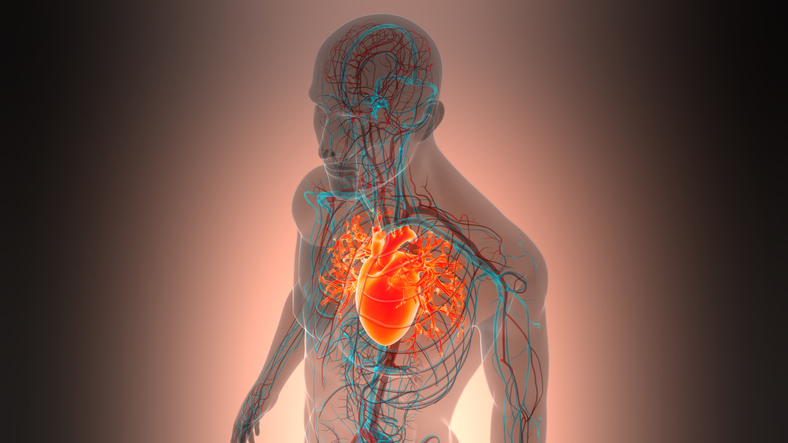
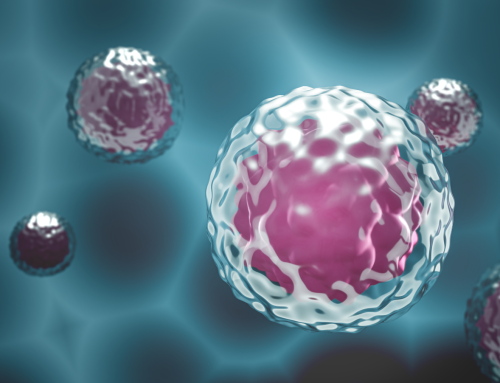

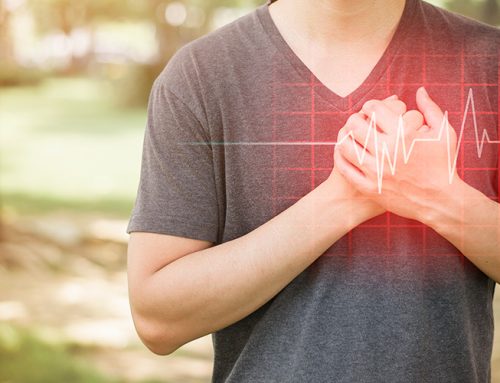
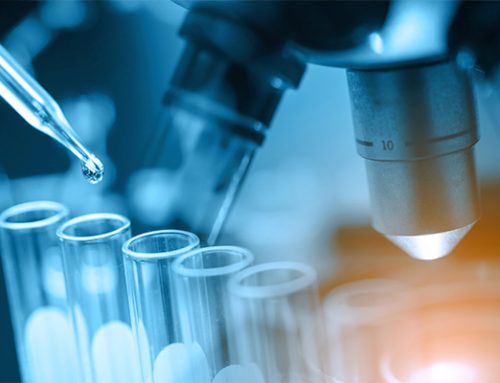


Leave A Comment